Political Discussions in the Classroom
Christine Vo from the Eagle Nation News at Lake Ridge High in Mansfield, Texas, was a winner in Headliners in Education’s February/March 2021 contest for Best Campaign 2020 Story
Audrey Wilson/Eagle Nation News
Discussions arise as political conversations find a place in the learning environment.
March 31, 2021
(Christine Vo from Lake Ridge High in Mansfield, Texas, was a winner in Headliners in Education’s February/March 2021 contest for Best Campaign 2020 Story. Read the original story in the Eagle Nation News HERE.)
As history unfolds before the eyes of students and teachers, a single question is raised: “Should we discuss current political events in the classroom?” Lake Ridge Teachers were advised to avoid discussions in the classroom following the events at the Capitol, unless the subject matter pertained to course work or curriculum. But when asked, some students believed it to be an integral part of history and learning.
On Wednesday, January 6th, the first day back from winter break, a mob of protestors stormed the Capitol building in an attempt to disrupt Congress from confirming the electoral votes confirming Joe Biden as president. In what led to 5 deaths, discussions of impeachment, and the official news of Biden’s win, reconvening at school opened teachers up to a lot of questions. Principal Ashley Alloway sent out an email in light of the situation asking teachers to refrain from the topic, unless necessary for academic purposes. With the help of the email sent out to staff by Alloway, AP Human Geography teacher, Dena Marlar, came to school with no worries for the upcoming school day. 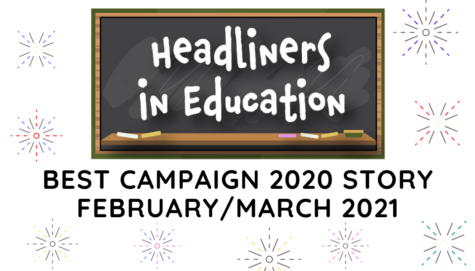
“I didn’t have any concerns, I knew that I was in control of my classes and that I could control the conversation,” Marlar said.
As news stations reported the incident, broadcasting across America, students were aware of the events unfolding. In regards to the events at the Capitol, news articles continued to release new information as it became available. Aware of the circumstances, senior Lauren Ready believes she would benefit from having a place to hold educational conversations.
“The whole argument that it shouldn’t be brought up in schools and shouldn’t be talked about because it stirs ‘controversy’ should be thrown out the window. Just because we’re in school doesn’t mean the world stops revolving and stops doing its thing. We’re gonna talk about it regardless, so we might as well talk in an educational sense and get it off our chest. School now is talking about real-world issues and the things that are actually going on in the world that we live in today. Those are things that we need to talk about; these are the real world. Things are happening, and whether you like them or not and they need to be talked,” Ready said.
As students begin to grow throughout their time in high school, students begin to handle discourse. Decisions fall onto the Principal to lead by example. Alloway hopes to allow students to learn how to question their previous conceptions to allow civil conversations.
“I think it’s important for you guys to have an outlet to have discussions. Sometimes you guys don’t have anywhere else that you do talk about it, maybe you go back and forth with someone on social media, but I think it’s important for us to be able to still have civil discourse. The word discourse means calm discussion centered around facts. Part of the discussion is you listening to me and me listening to you and us being able to be like ‘okay I see what you’re saying,’ maybe look at other people’s point of view,” Alloway said.
Being a guide for students throughout their high school careers puts teachers in a role to be objective. Previously encouraging students to vote, English teacher, George Olsen, has been outspoken about the importance of young political involvement. By staying neutral, Olsen holds a responsibility to allow students to form their own opinions.
“I am almost always in the in-between zone where I can be objective and I can keep aware that my students are entitled to hear both sides of the story. In this case, I felt like there was only one side of the story. Not for my prejudice, but for what I saw with my own eyes. The challenge to our democracy was real because I saw it with my eyes. I wasn’t listening to some other commentator telling me what I should think. The essence of people who listen to other people for the truth, and not seeking a primary source is susceptible to indoctrination, susceptible to propaganda. If I was to come into my classroom and bring my point of view to my students, I would essentially be doing the same thing, bringing them propaganda. I’m not the primary source, so if my purpose is to engage in the Socratic method of teaching through questioning, it would be viable. My position was so strong in seeing the primary source to make my decision. As soon as I bring my opinion to innocent minds, I’ve already corrupted their way of thinking,” Olsen said.
In recent years, political conversation has become a taboo topic in and out of the classroom. In the 2020 election year, the fight between Trump and Biden supporters has driven Americans to pick a side, causing discourse in simple conversations. Teachers lead the conversation, deciding whether it benefits or harms the learning environment. With little interference, Social Studies Teacher, Thomas White, allows discussions within his classroom.
“I think you just allow the kids to voice their opinions, and I think you as a teacher, and as an authority figure, you got to remain neutral on that. You can discuss what you think, but I don’t think it’s your job, as a teacher, to sway somebody one side or another. The more that students discuss amongst themselves the more ideas that take place and the more critical thinking that takes place. Try to decipher through what’s fact and what’s not fact, and be able to apply their own principles and their own thoughts and beliefs. I only have three rules but one of them is to respect one another. And so, as long as they respect one another, you can agree to disagree,” White said.
Alloway’s email allowed teachers to be comfortable in the possibility of a discussion. As a former social studies teacher, Alloway is experienced in finding ways to benefit from tough conversations in the classroom. Alloway hoped to give teachers and students an outlet to comfortably learn and respect differing opinions.
“I sent out an email to the teachers letting them know that if they wanted to discuss it, they needed to use it as a point of conversation where basically we listened to students’ perspectives. We teach them how to think, not what to think. We gave them the opportunity to have a civil dialogue that brought about understanding and consideration. I encouraged teachers who talked about it to make sure that it tied into the broader lesson and curriculum,” Alloway.
With the future of students in the palm of their hands, how teachers react could leave an impact for years to come. This leaves a gray area when deciding to talk about the future of their students in America. Despite the student’s level of maturity, the possibility of backlash follows closely. As students grow into adulthood over the span of four years, Marlar believes history classes are the perfect place to have these discussions.
“I think that school is a place to teach children how to talk about controversial things, what’s appropriate to say what’s not appropriate to say, how do you respond to someone that you really disagree with, those are all valid lessons that teachers can teach. But, it can also cause problems, and if kids can’t handle someone disagreeing with them, then you kind of get into other issues. By that point their minds have developed enough to where they’re not still thinking like children, they’ve really seen and heard and done a lot of things at an adult level. So I think it’s a perfect place for them. Our school, our department particularly, does a really good job about teaching kids how and why and what is going on in the world,” Marlar said.
As history continues to take place, lesson plans discussing past events start to change. The history curriculum is taking place as each day passes, creating learning opportunities everywhere. Encouraging meaningful conversation, Social Studies Teacher, Anthony Sheppard, allows students to benefit from peer discussions.
“I think it’s my job to allow them to do the thinking. Put the situation in front of them, and sit back and allow them to give me feedback, give their fellow classmates feedback, as opposed to me just diving in the middle. Take a step back and allow them to do it because, at the end of the day, they’re the next group that’s coming up. These are going to be the leaders of our country. So it’s important for me to allow them to develop their own thoughts and take myself out of the equation, and just be a good listener and provide structure in the conversation. Allow people to understand that everyone has their own point of view and build a structure in class for them to be able to express their point of view,” Sheppard said.
While other teachers observe and monitor class discussions, Leigh Ann Smith, AP US History teacher, pushes each student out of their comfort zone as she allows them to bring up certain topics, she creates an environment that is willing to hear the other side. Throughout her time as a teacher, Smith has kept her classroom a place to discuss critical topics, respectfully.
“My kids and I talked on the first day of school about how their generation has been taught the fallacy that it’s wrong to discuss politics. And I tell them that we are going to discuss politics, but we’re going to learn to do it civilly and respectfully, and in six years I’ve never had a problem. I’ll intentionally play devil’s advocate, give them a different view or a different source and make them think because so many things these days, especially young people tend to base their decisions and their thoughts about their opinions on how they feel about something and they make it emotional, but they don’t actually do the research to see what’s backing it up. I’ve tried to tell my kids that we’re going to keep emotion out of it, that we’re only going to use facts, and if they can’t, they’re not allowed to say “I feel,” because I don’t care how they feel. I want them to tell me what they saw and what their facts are. I don’t want my kids to go out into the world being ignorant,” Smith said.
Katrina Mabry-Smith, Academic Associate Principal, believes Lake Ridge has created a safe environment to help students to express themselves. When having tough discussions in class, she trusts teachers know how to benefit the students.
“We are going to see things happening, and really do some introspection, look inside and see how we would react and be able to change things. Students learn how they should respond and react in different situations, and if it’s going to be beneficial to others, if I respond in a certain way. I know that our teachers would do a great job of teaching students to think for themselves,” Mabry-Smith said.
As events happen in today’s world, history books continue to document it all. Whether having active conversations in the classroom becomes a controversial topic or a learning experience, teachers are able to reflect on the present as well as the past. Initially stated by Spanish philosopher, George Santayana, “those who don’t know history are destined to repeat it,” finds a place in White’s class.
“History has a way of repeating itself. So, if we don’t study the past, we’re gonna be doomed to repeat it. Anytime that we can take a prior lesson or a lesson that was from the past and we can apply it to what’s happening right now, I think we have to,” White said.
–HiE–



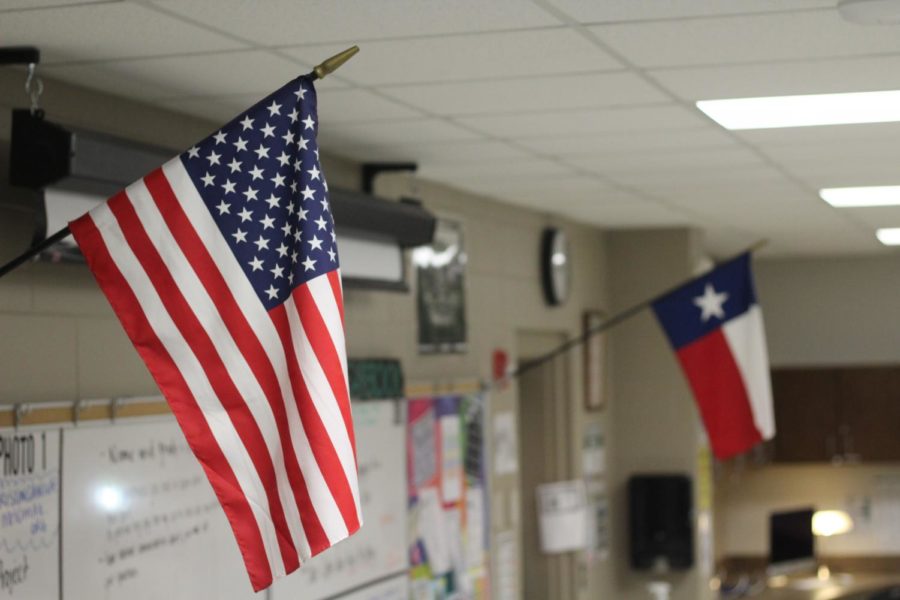

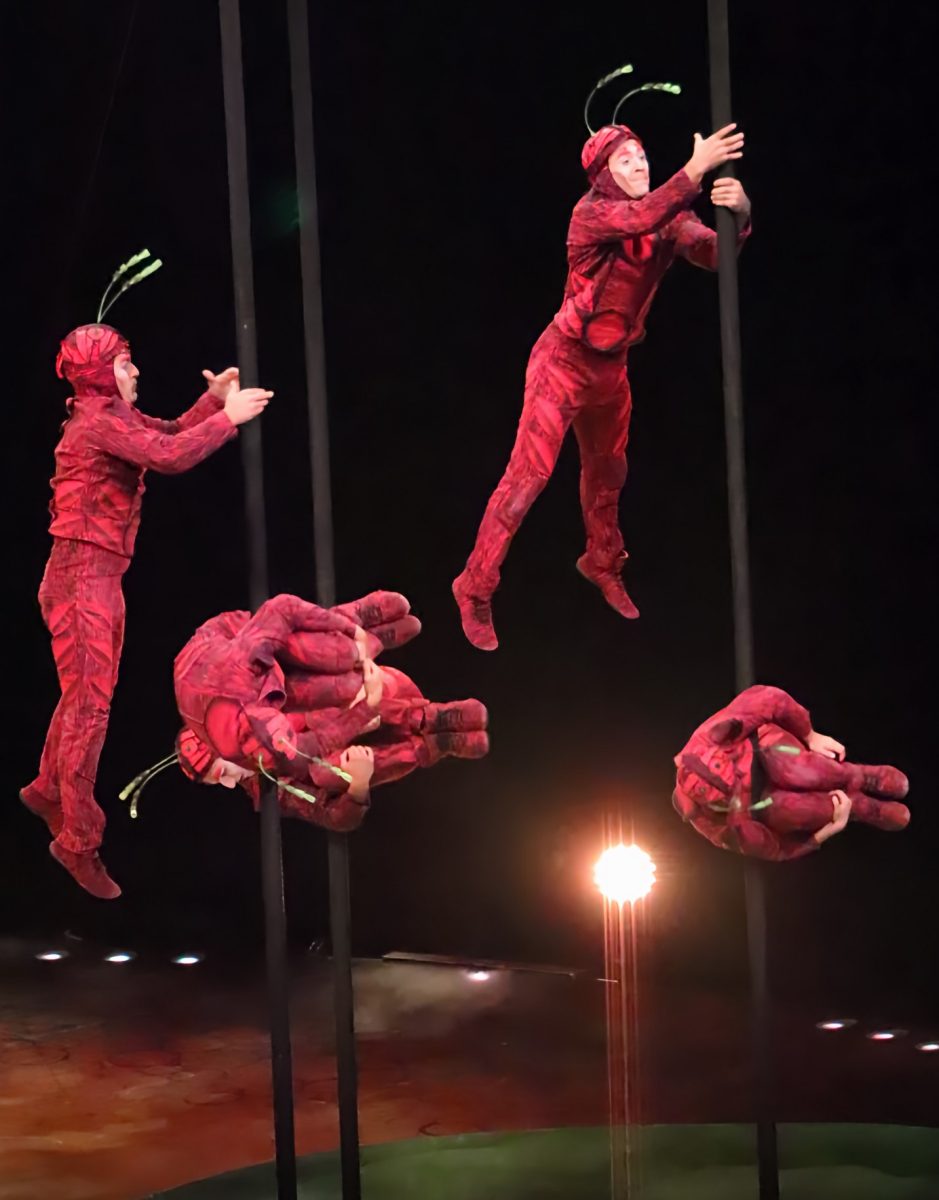

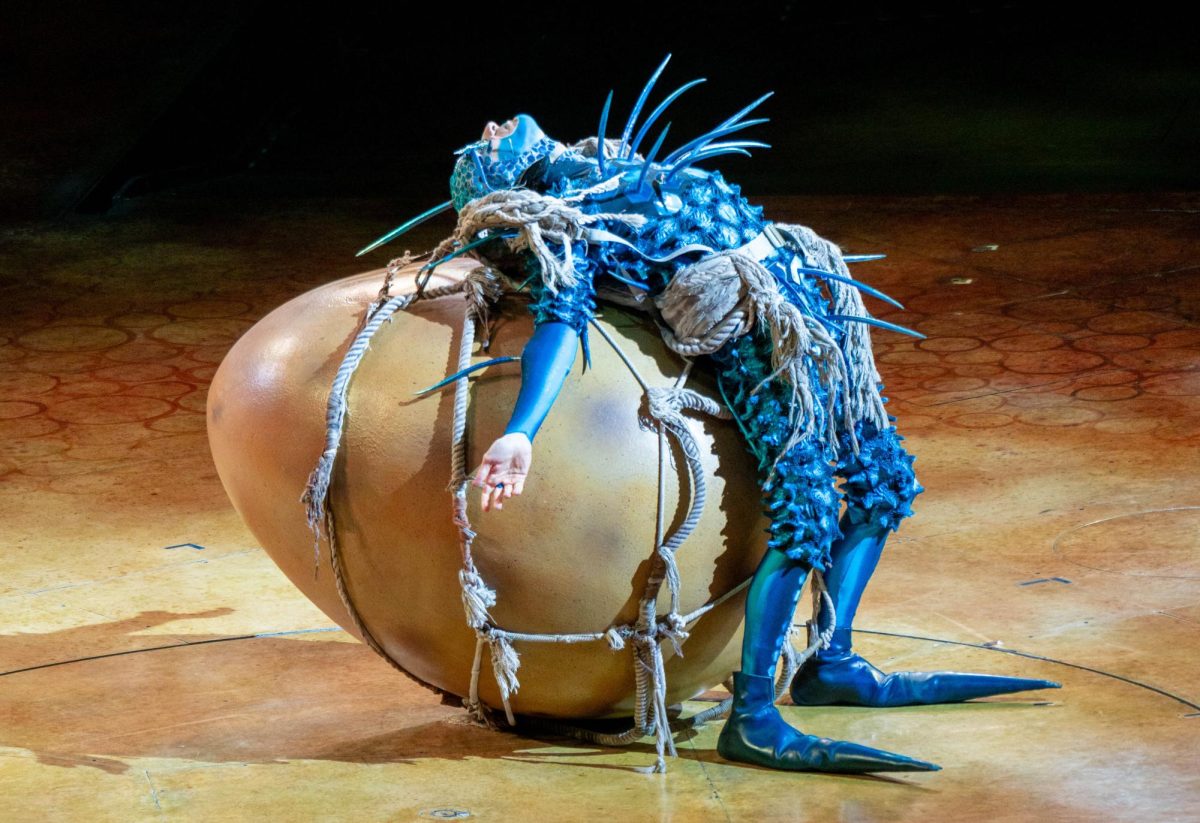
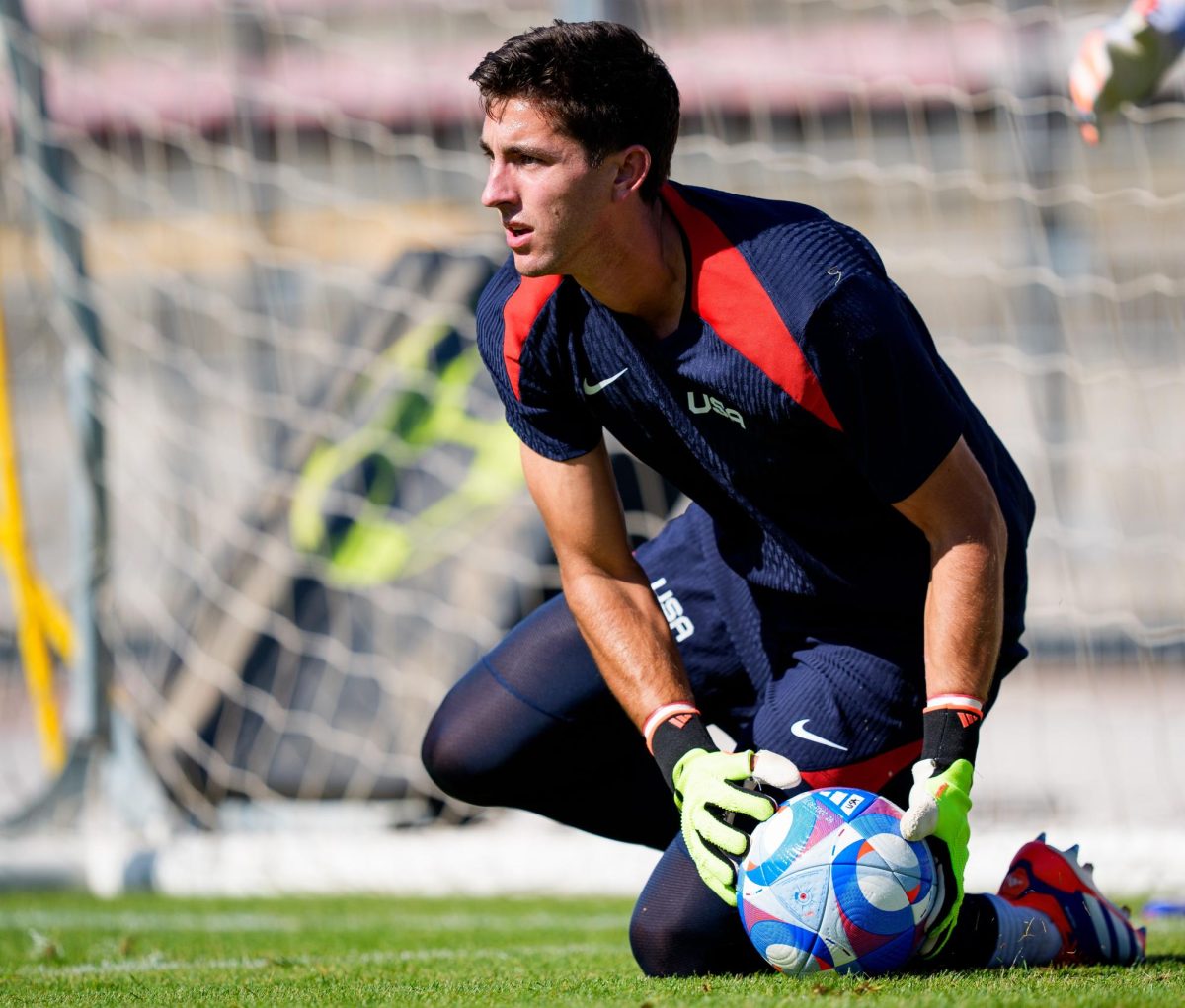



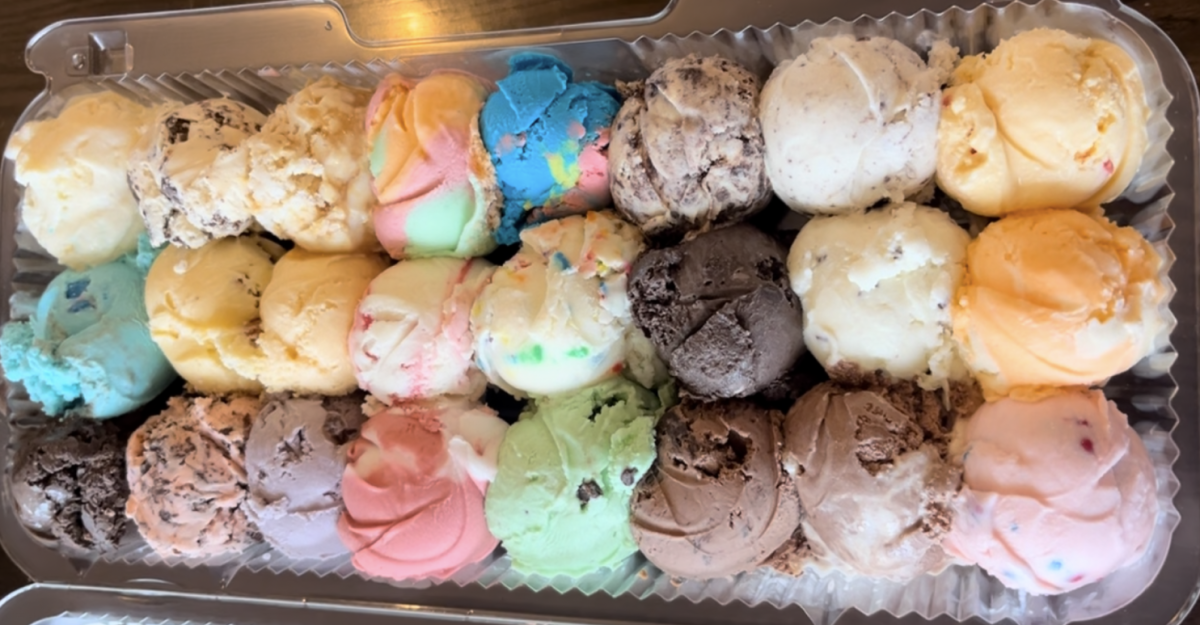
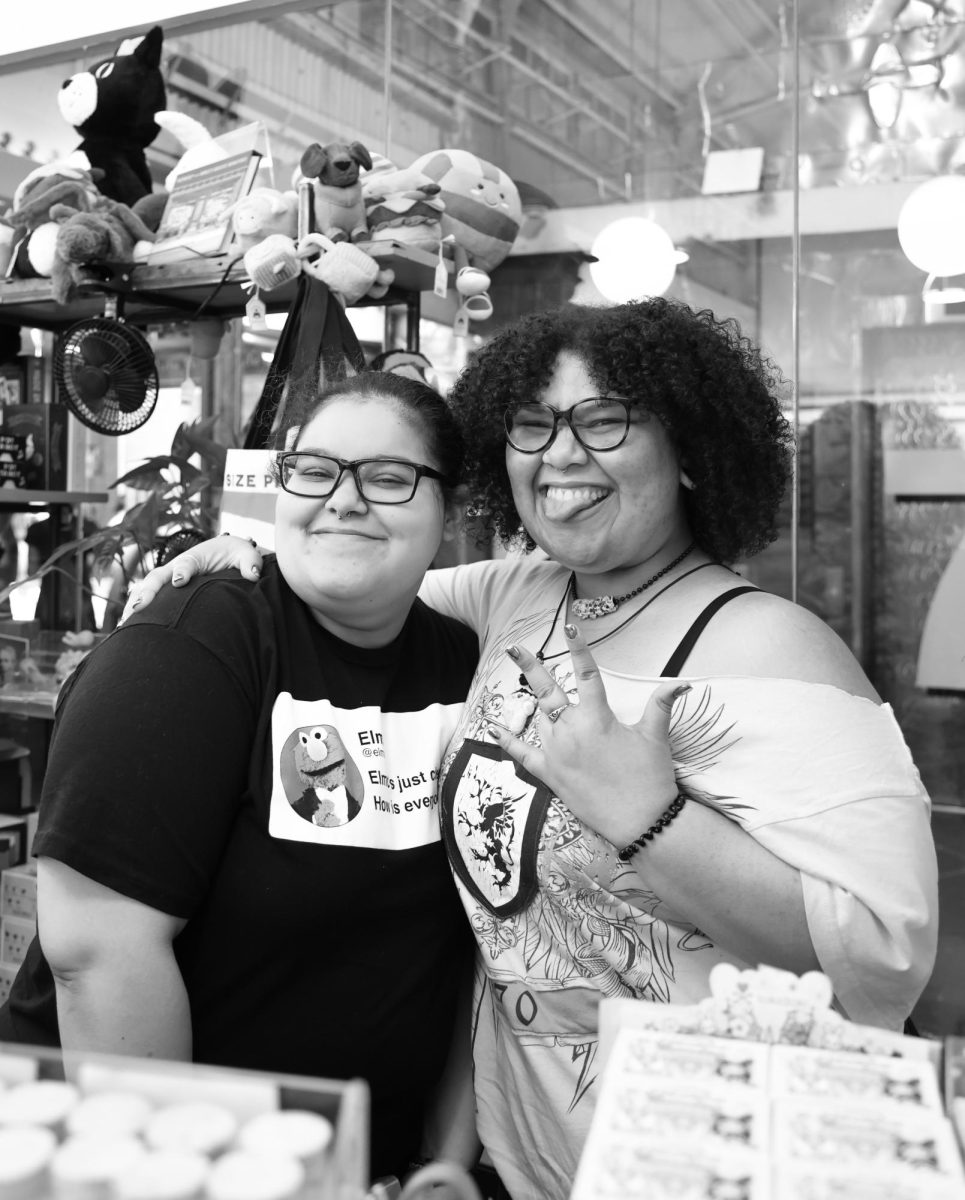

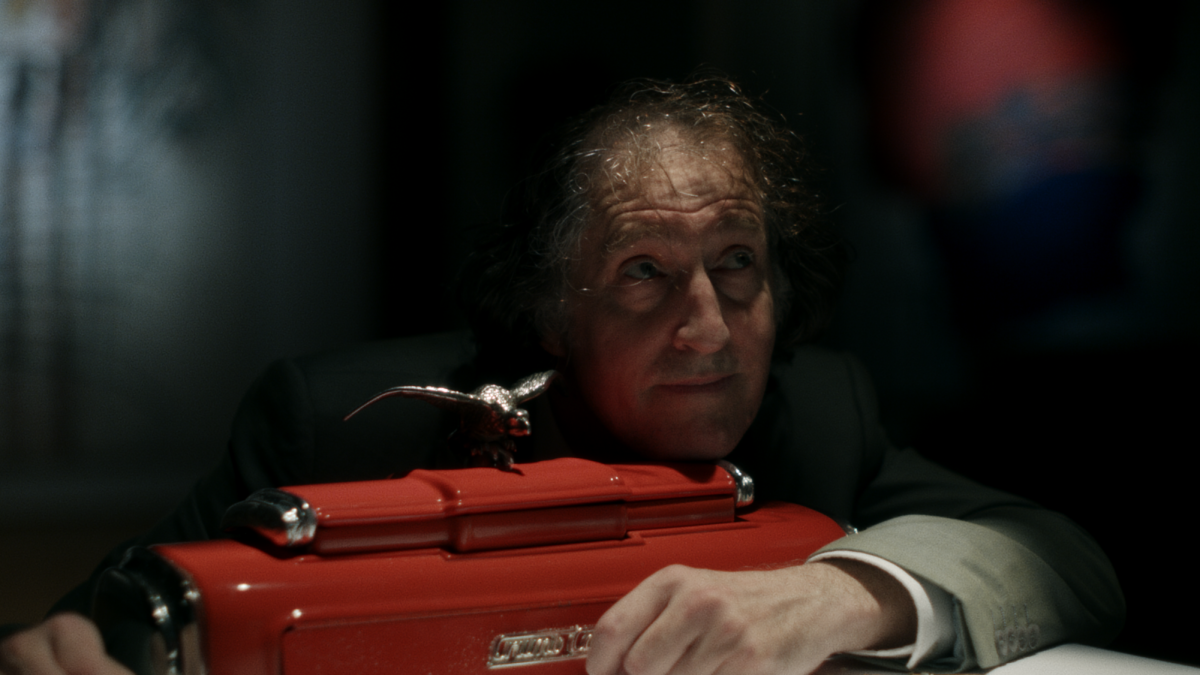
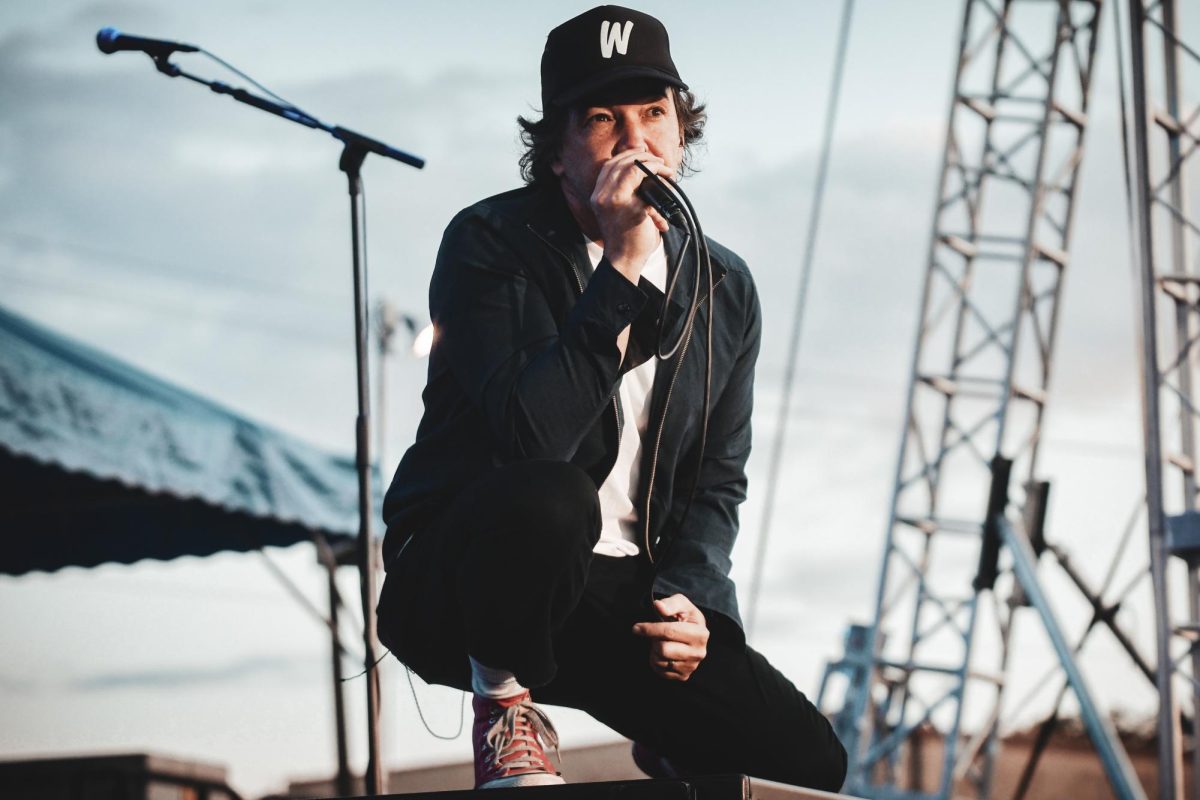
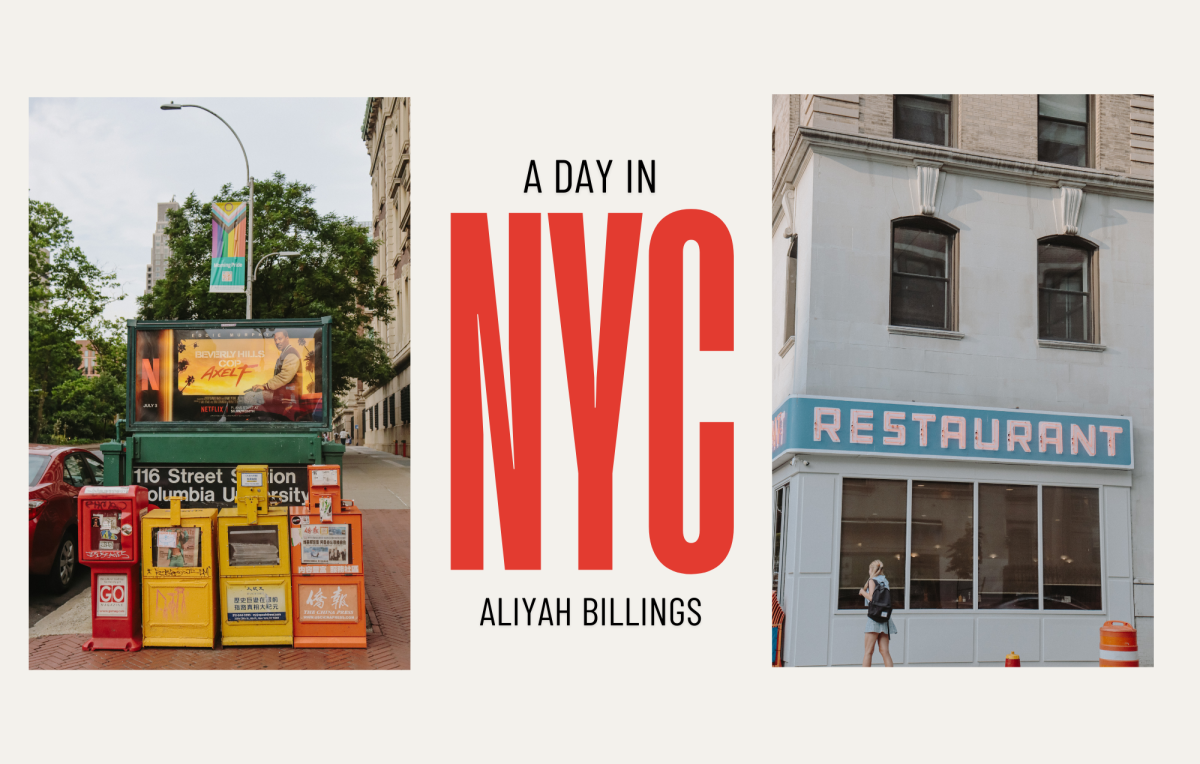
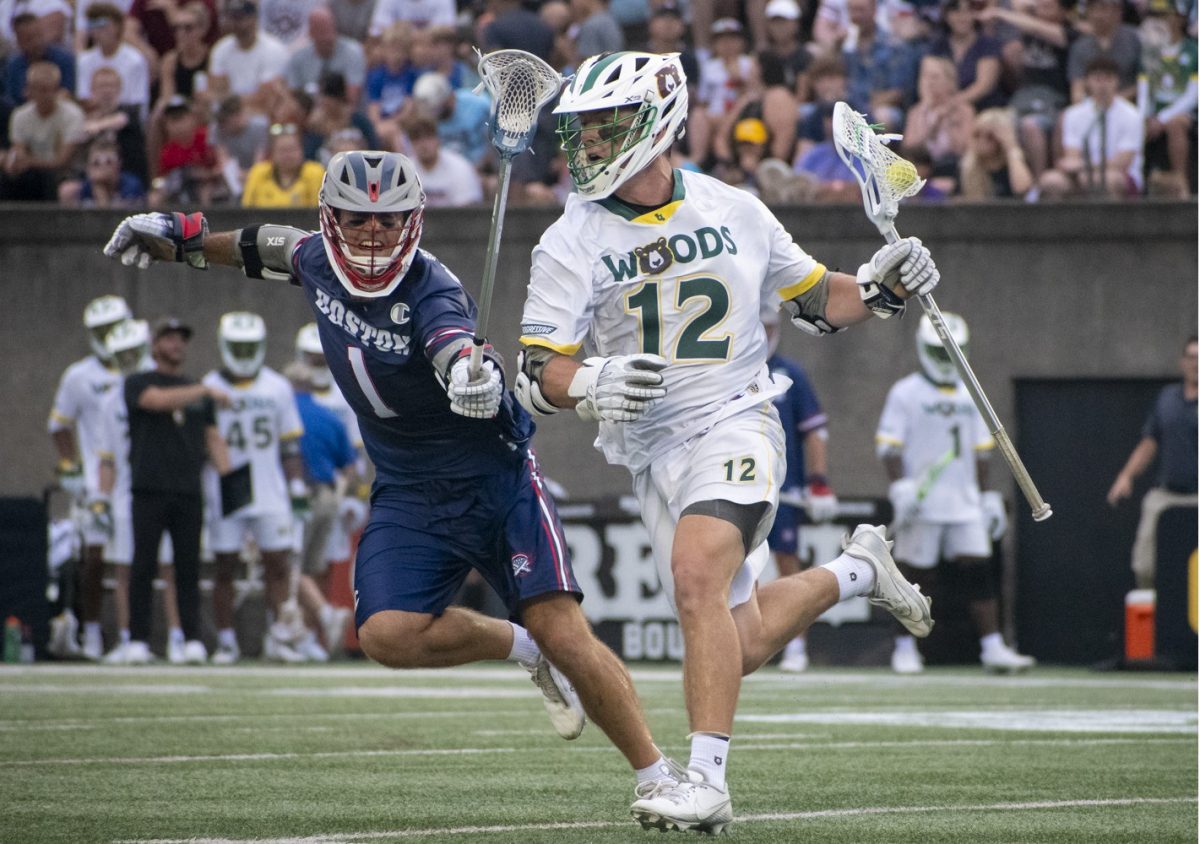


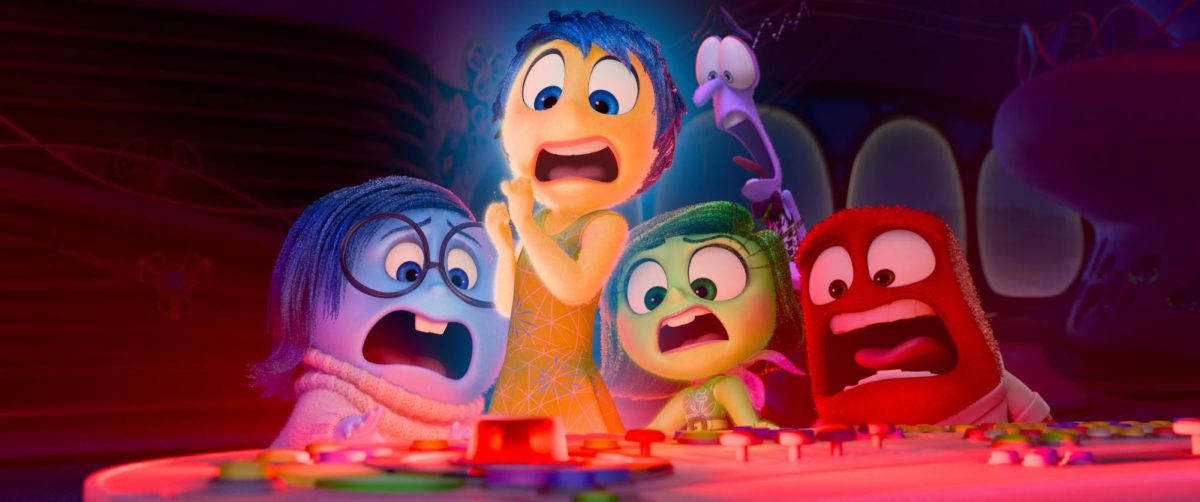
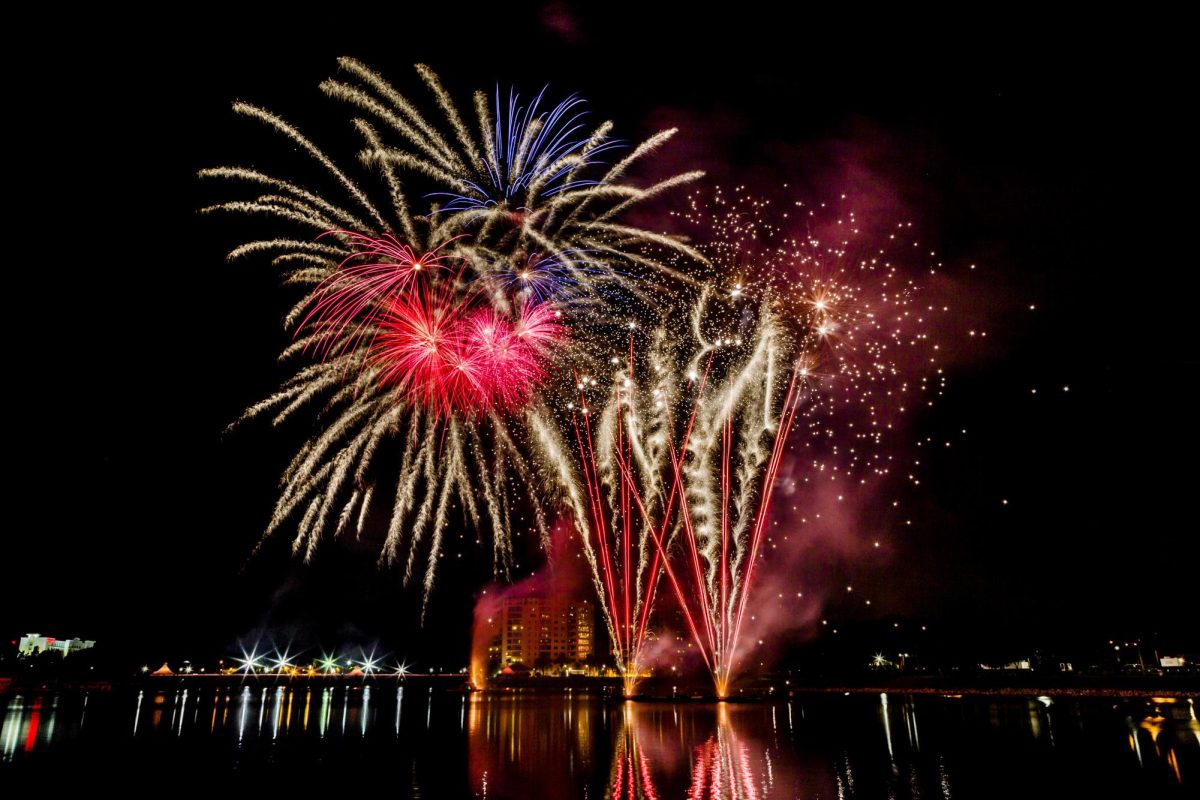
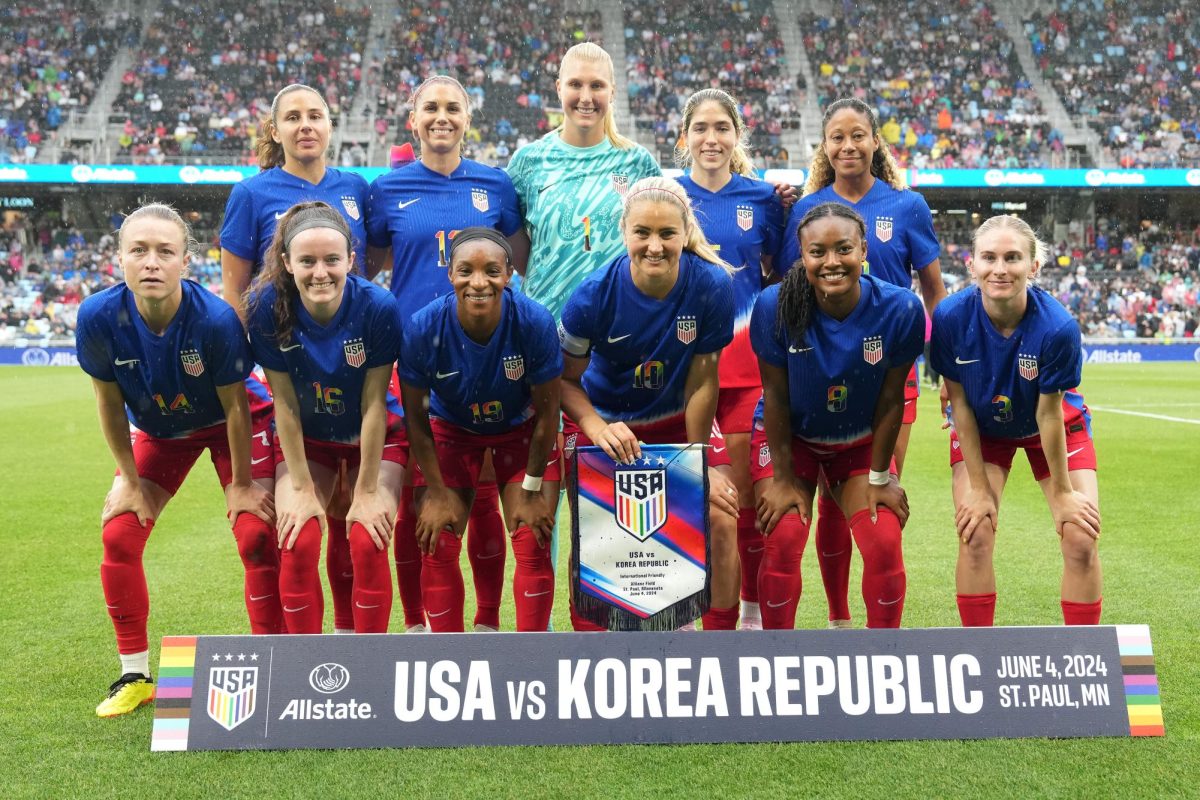
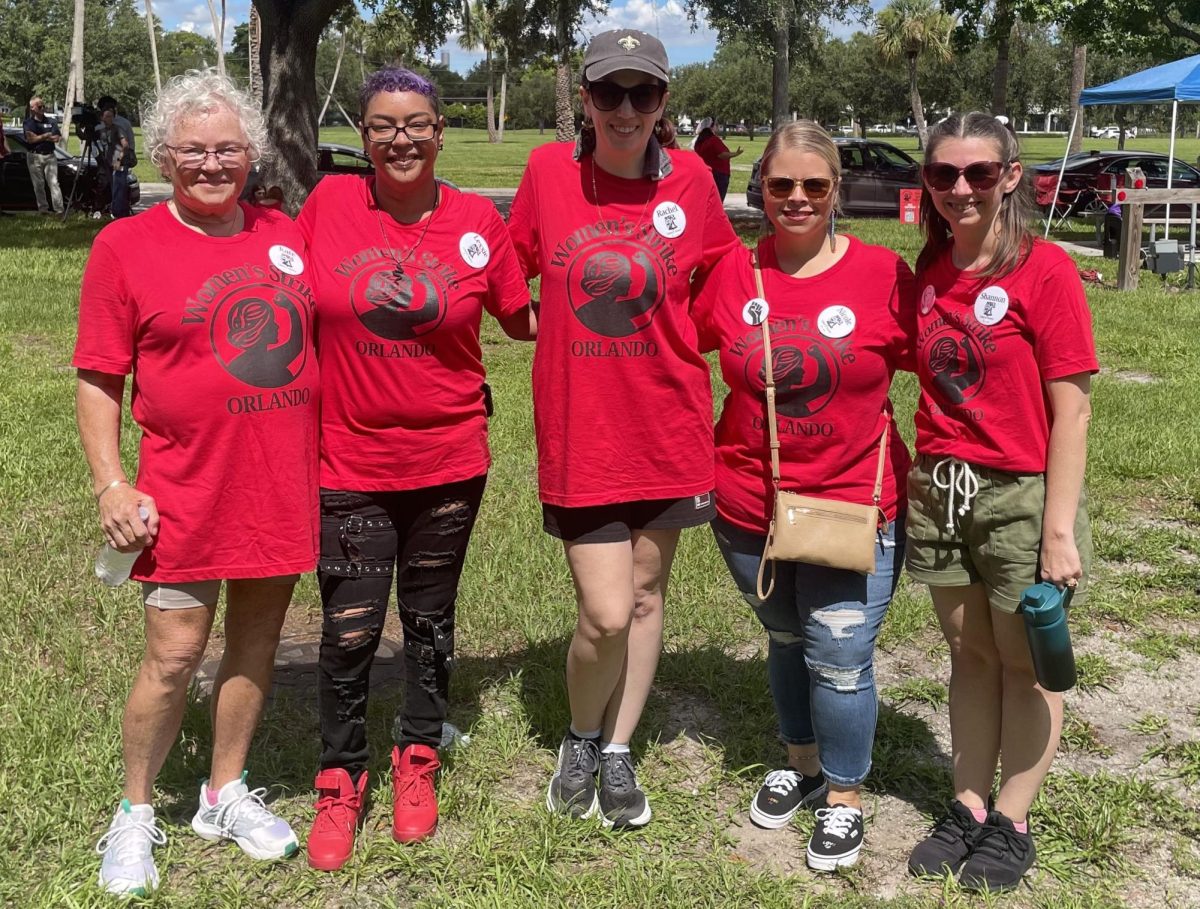




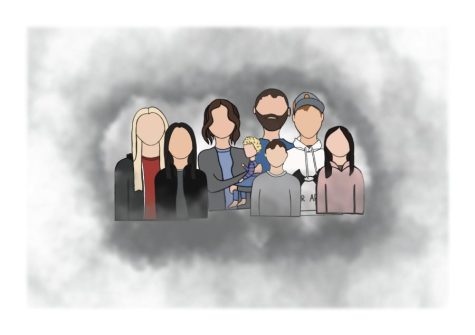
![After the meeting, students were given an opportunity to meet the senators and ask Senator Koenig why the testimony was ended early. “[Koenig] said they had already heard three hours of testimony last week about Bills 4 and 89, which covered similar education issues, so they had to move on to other bills,” Bass said.](https://hieshowcase.com/wp-content/uploads/2023/04/Lancer-Feed-475x317.jpg)

